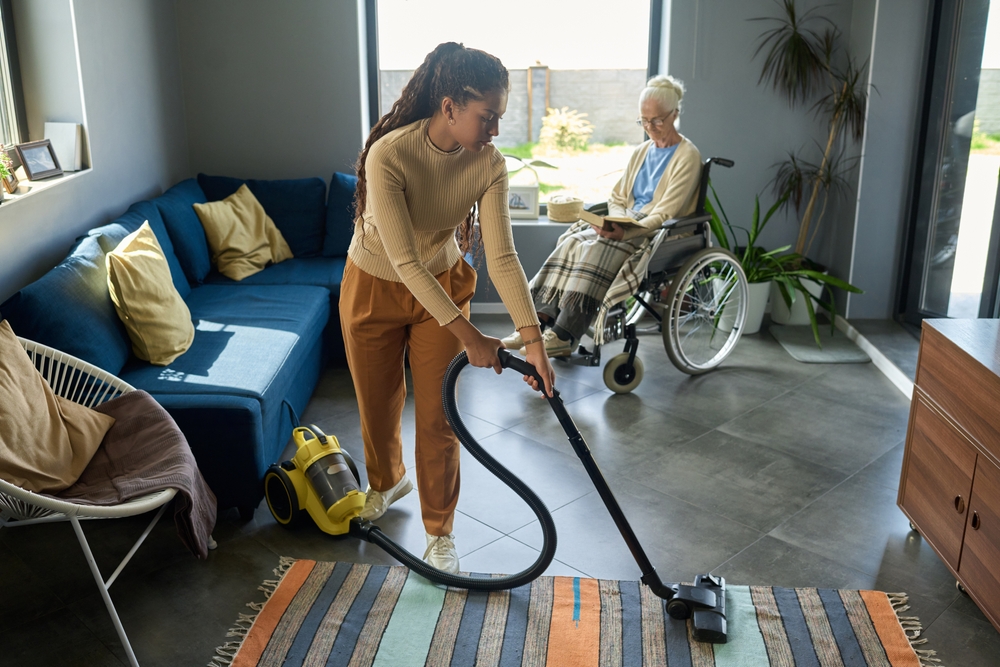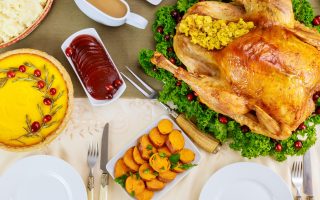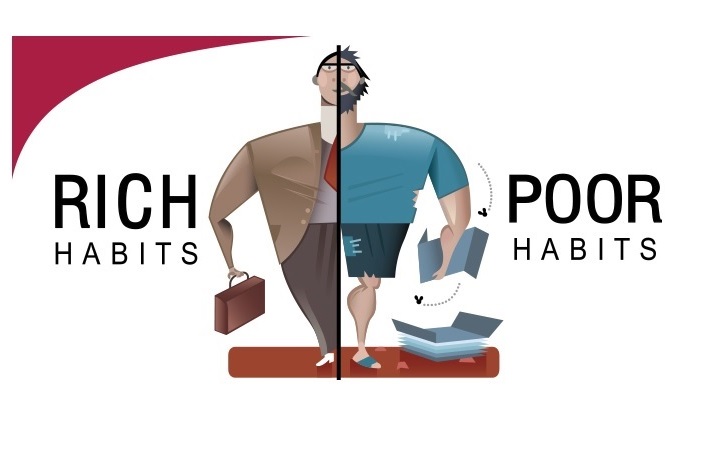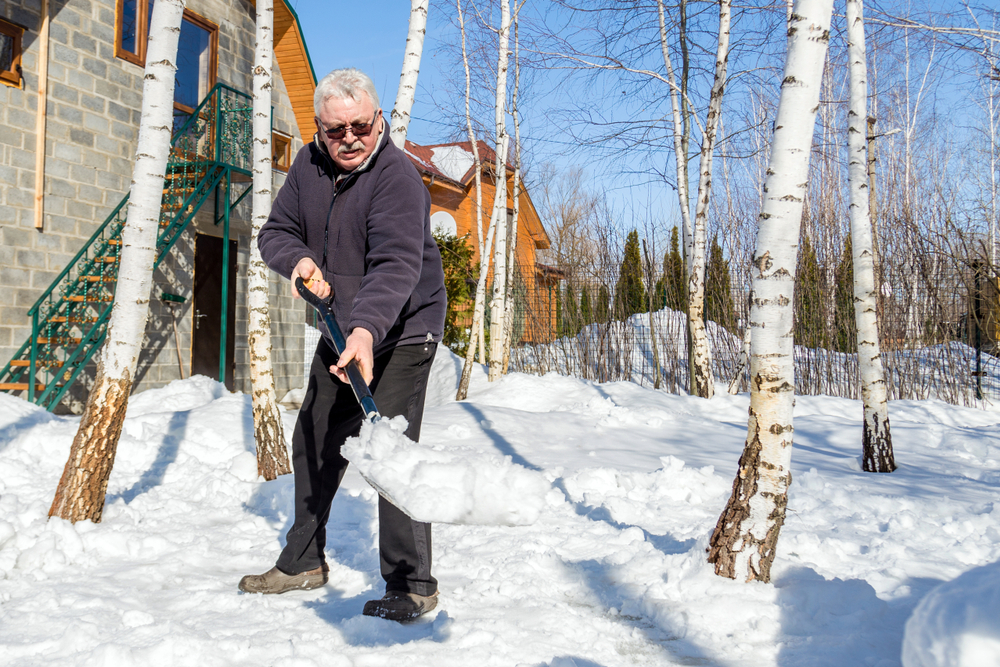For many seniors, the biggest challenge isn’t medical care—it’s keeping up with everyday chores. Cooking, cleaning, laundry, and grocery shopping can become overwhelming as mobility declines. The Older Americans Act (OAA), first passed in 1965, funds programs that provide exactly this kind of help.
Its reauthorization has passed in the Senate in December 2024, making homemaking services available at little or no cost. These hidden supports allow seniors to age in place with dignity. Here’s why it’s important that these programs continue.
What the Older Americans Act Covers
The OAA funds a wide range of community‑based services: home‑delivered meals, transportation, caregiver support, and homemaker assistance. Homemaker services include light cleaning, laundry, meal preparation, and errands. They’re designed for older adults who don’t need full nursing care but struggle with daily tasks.
Local Area Agencies on Aging (AAAs) administer these programs, tailoring them to community needs. Seniors who qualify can receive regular help that eases burdens and prevents premature moves to assisted living.
Who Qualifies for Homemaker Services
Eligibility varies by state and county, but most programs serve adults aged 60 and older. Priority often goes to those with limited income, disabilities, or chronic health conditions. Seniors living alone are especially targeted, since isolation increases the risk of decline.
Documentation requirements are usually minimal—proof of age and need. Because funding is limited, services may be capped at a certain number of hours per week. Still, even a few hours of help can make a major difference.
Examples of Homemaking Assistance
Light housekeeping: vacuuming, dusting, laundryMeal support: grocery shopping, meal prep, kitchen clean‑upErrands: picking up prescriptions, mailing packagesSafety checks: ensuring walkways are clear, spotting hazards
These tasks may seem small, but they directly impact independence. Seniors who receive homemaker support often avoid falls, malnutrition, and hospitalizations.
Why Seniors Miss Out
Awareness is the biggest barrier. The OAA isn’t as well-known as Medicare or Social Security. Programs are advertised locally, often through community centers or bulletin boards, rather than national campaigns. Seniors who don’t actively seek information may never hear about homemaker services. Pride also plays a role—many retirees hesitate to ask for help with chores. As a result, valuable support goes unused.
How to Apply
The first step is contacting your local Area Agency on Aging. Staff can explain eligibility, help with paperwork, and connect seniors to providers. Applications are typically free and straightforward. Seniors should ask specifically about “homemaker services” or “chore assistance” under the Older Americans Act. Waiting lists may exist, so applying early is wise. Family members can also apply on behalf of loved ones.
Emotional Benefits of Homemaker Support
Beyond practical chores, homemaker services provide companionship. Workers often become trusted visitors, reducing loneliness and offering social interaction. Seniors report feeling more secure knowing someone checks in regularly. Emotional well‑being is a hidden benefit of these programs, complementing the physical support.
As life expectancies increase, homemaker services will become even more critical. They bridge the gap between independence and institutional care, allowing seniors to remain at home longer. The challenge is spreading awareness so retirees know these programs exist. The Older Americans Act has quietly supported millions for decades—now it’s time to shine a light on homemaker services as one of its most practical benefits.
Have you or a loved one used homemaker services under the Older Americans Act? Sharing your experience could help other seniors discover this hidden support.
You May Also Like…

Teri Monroe started her career in communications working for local government and nonprofits. Today, she is a freelance finance and lifestyle writer and small business owner. In her spare time, she loves golfing with her husband, taking her dog Milo on long walks, and playing pickleball with friends.





























